Signs of the bosgees: the Karoo's most enduring ghost
The kudu's stately presence is a reminder of the region’s untamable legacy.
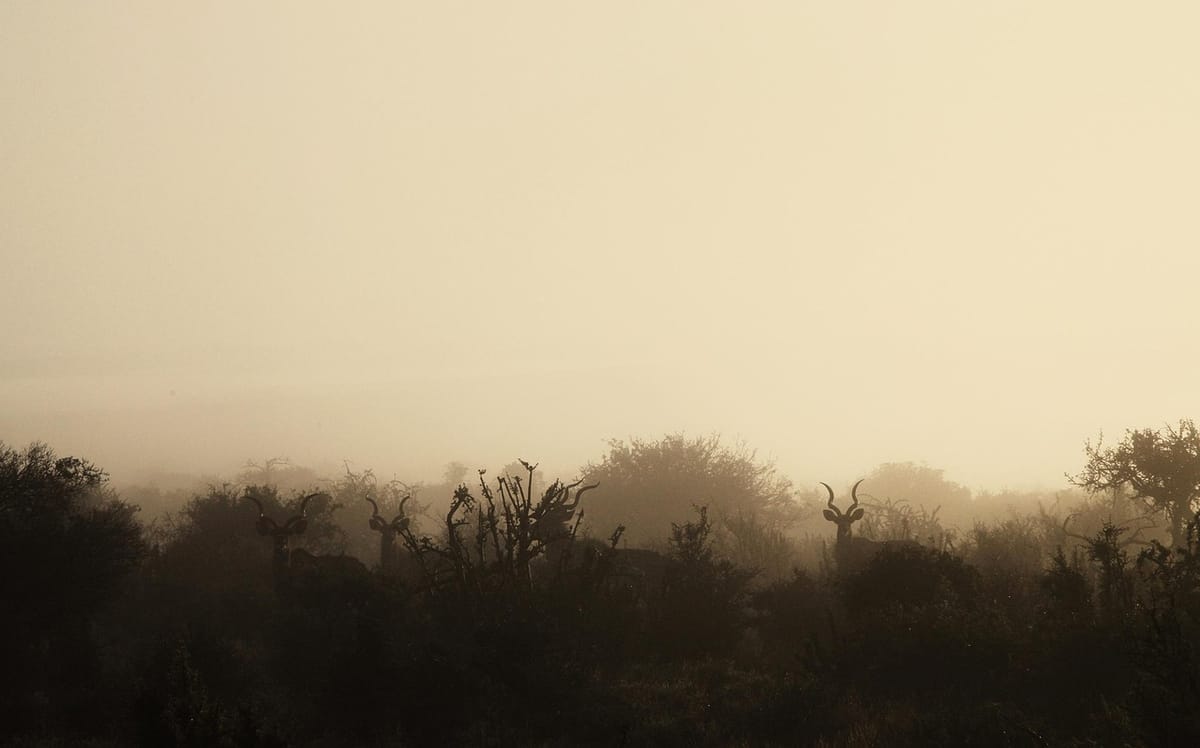

At first light, when the land still holds the hush of night, a kudu often steps into view. A familiar signpost flickers alongside: the silhouette of the bosgees, a warning to travellers that the road ahead belongs as much to these bush spirits as it does to them.
The kudu is an enduring presence in the Karoo, at once graceful, elusive, and deeply practical in the way it shapes human routines.
Why kudu thrive in the Karoo
Kudu have mastered survival in semi-arid landscapes. Their water-efficient browsing habits allow them to feed on shrubs, succulents, and acacia leaves where grazers might struggle.
Rather than relying on standing water, they draw much of their moisture directly from the plants they consume. This ability has made them perfectly suited to a region where rainfall is unpredictable and rivers seldom flow.
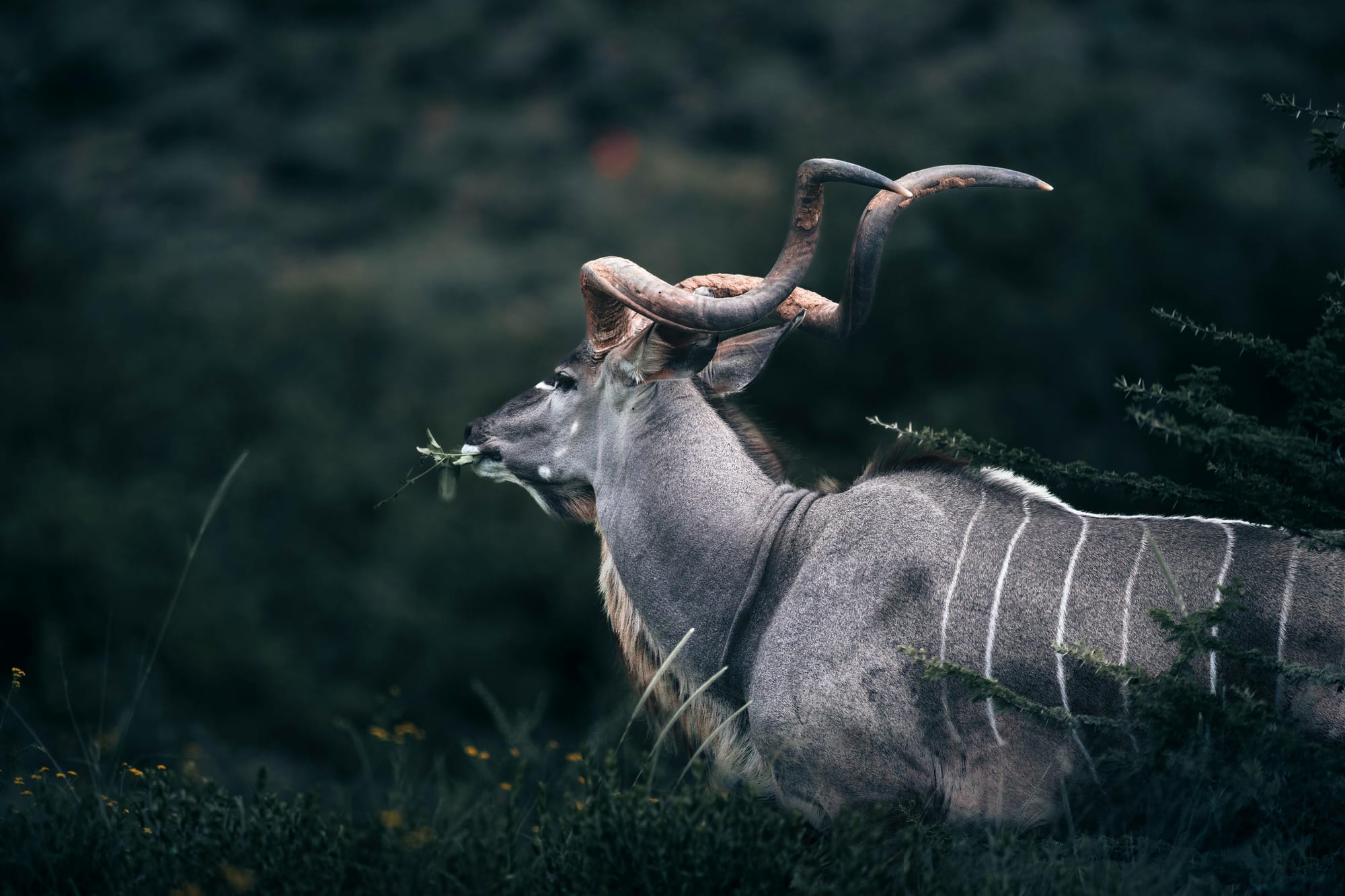
Their survival is also marked by movement. Kudu are not confined to nature reserves but shift across farms and roadways in search of food and seasonal water sources. Their journeys, while ancient, bring them into contact with human boundaries more frequently than many would expect.
The kudu’s mottled grey-brown coat allows it to disappear into thorn thickets with uncanny ease, earning it the moniker of the bosgees. This camouflage is part of the mystique that has kept the kudu both admired and misunderstood by those who share with it this arid world.
Encounters at dawn and dusk
Roads across the Karoo are often lined with scrub and grasses that appeal to kudu. The verges also contain salt-rich plants, which draw these antelope closer to traffic.
Their movements peak during dawn and dusk, the same hours when visibility is poor and drivers are less alert. This overlap has made kudu-vehicle collisions a pressing reality. A kudu can weigh over 200 kilograms, and the impact of such a collision is catastrophic for both the animal and motorists.
Farmers, locals, and travellers alike share stories of headlights catching the sudden flash of a kudu leaping across the road, its long legs carrying it in unpredictable arcs.
For drivers, the encounter is often too sudden to avoid, leaving twisted metal, injured passengers, and a dead or maimed animal behind. These moments reveal the stark cost of coexistence between human infrastructure and wildlife instinct.
Coexistence and conflict
Kudu embody both pride and frustration for many farmers. They are admired as part of the landscape, their stately presence a reminder of the region’s untamable legacy. Yet they can also be a burden.
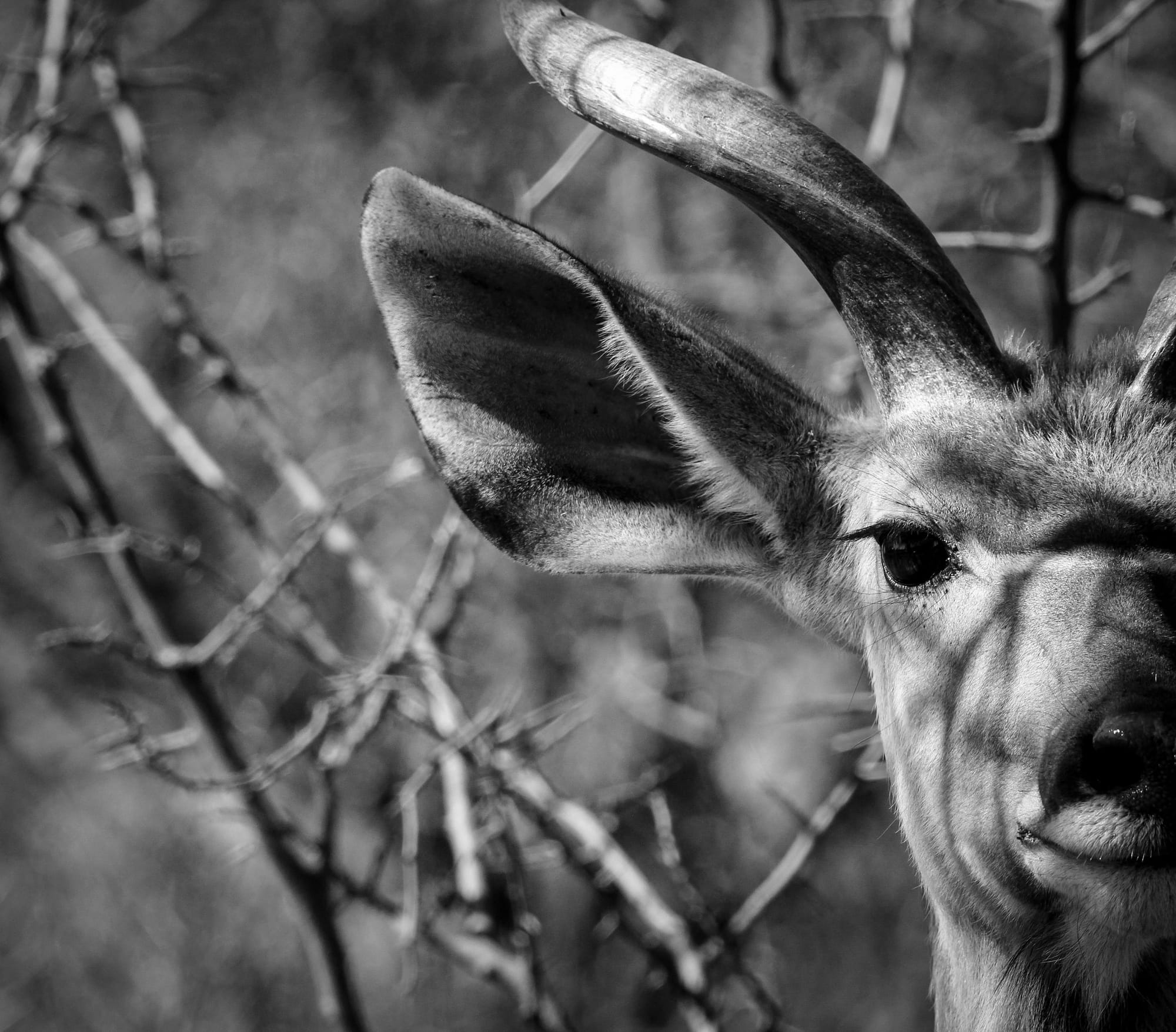
Kudu push down or leap over fences, tearing infrastructure that is costly to repair. They raid crops and compete with livestock for scarce forage, adding pressure to already thin margins in a dry climate.
Economically, kudu present a paradox. On the one hand, they are a draw for eco-tourism and hunting ventures, providing income streams to landowners who manage them sustainably.
On the other, they represent an expense in terms of fence repairs and crop protection. A farmer might remark that the kudu is both neighbour and nuisance, while a conservationist would argue for its ecological role in keeping vegetation dynamics balanced. This tension reflects the broader challenge of farming in a semi-arid ecosystem where human and animal needs inevitably overlap.
Signs of the bosgees in road warnings and reality
The yellow kudu warning signs scattered across Karoo highways are part of the region’s visual language, as distinctive as windpumps or koppies.
Placed in high-risk corridors where kudu frequently cross, the signs are intended to reduce collisions by alerting drivers. Their effectiveness, however, depends on vigilance. Many motorists admit that the signs fade into background scenery, becoming another marker on the long stretch of road until a real kudu leaps into the headlights.
The reality of collisions remains sobering. Vehicles are wrecked, passengers injured, and kudu left broken on the roadside. For travellers, the sign is a reminder not only of danger but of the living presence of the Karoo’s wildlife.
Symbolically, the kudu sign has become part of the travel experience, capturing the tension between beauty and risk. It speaks to the truth that the Karoo cannot be crossed without an awareness of the creatures that inhabit it.
The kudu is both crown and caution of the Karoo. It survives where water is scarce, thrives in thickets that conceal its ghostly form, and moves through farmland and roadways with unseeable insistence.
To some it is a pest, to others a prize, yet it remains an undeniable emblem of the region’s ecological fabric. Its spiral horns rise like natural sculptures whose same curves echo the warning arcs of road signs across the way.
The kudu reminds us that survival here is about balance. Human activity and wildlife instinct meet daily in this semi-arid expanse, and the choices made on both sides will continue to shape the shared terrain.


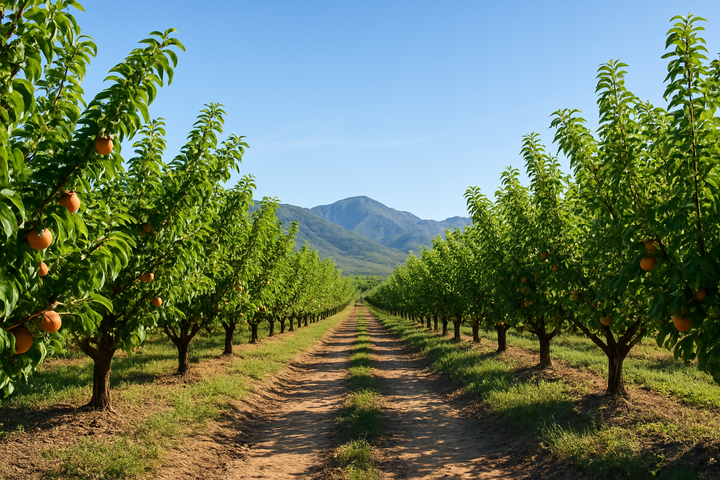
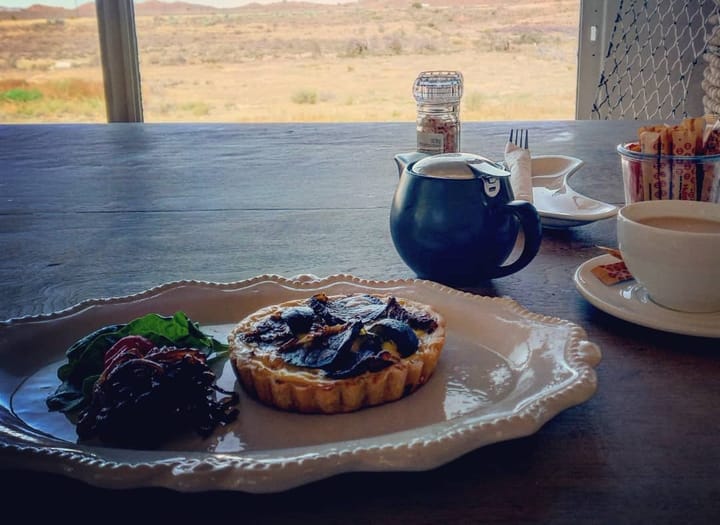
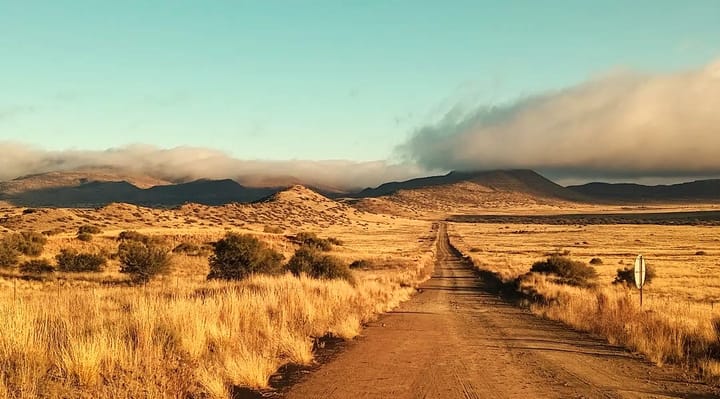
Comments ()